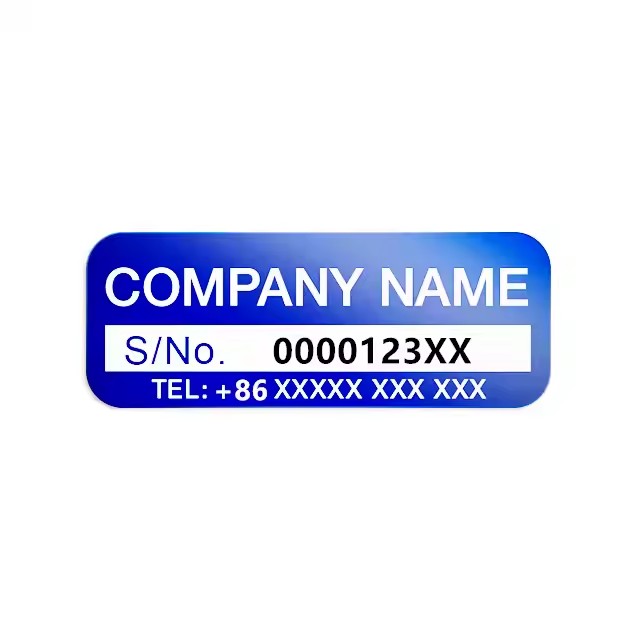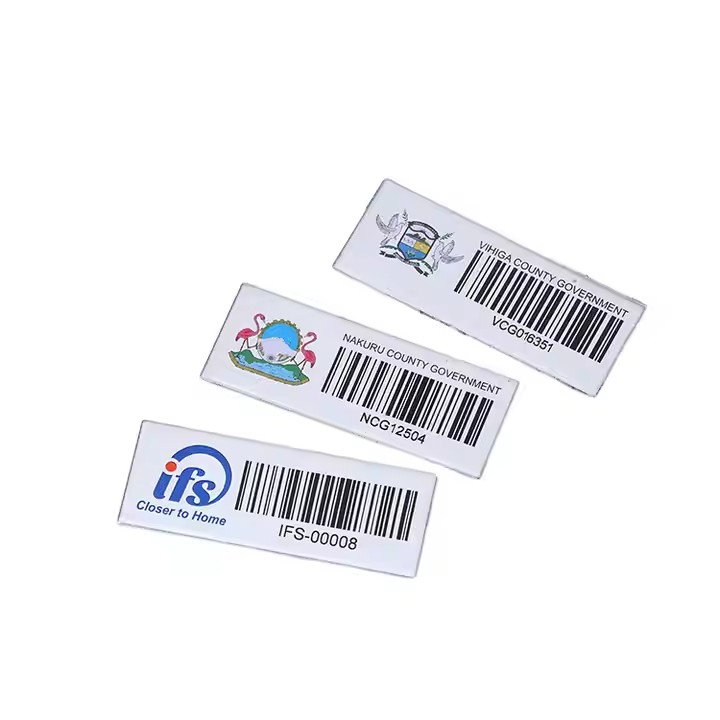Sustainability and the Eco-Friendly Benefits of Aluminum Wine Labels

The Rise of Aluminum Wine Labels in the Global Wine Market
13/07/2025
Rising Demand for Premium Aluminum Wine Labels in the Asian Market
13/07/2025Sustainability and the Eco-Friendly Benefits of Aluminum Wine Labels
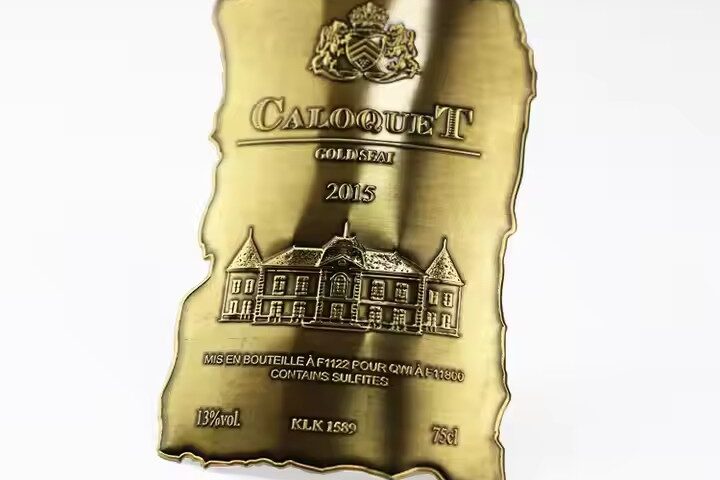
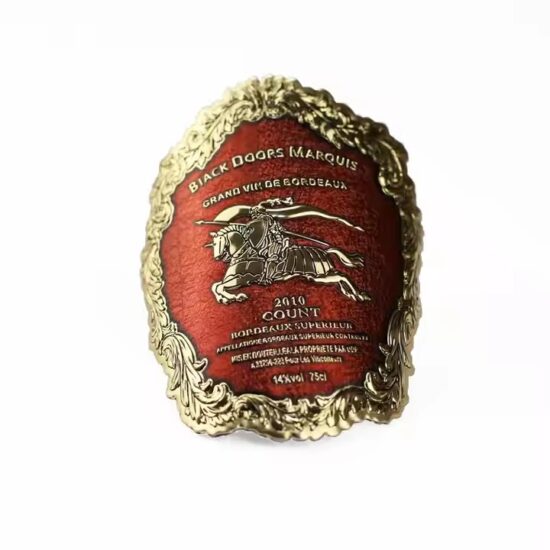
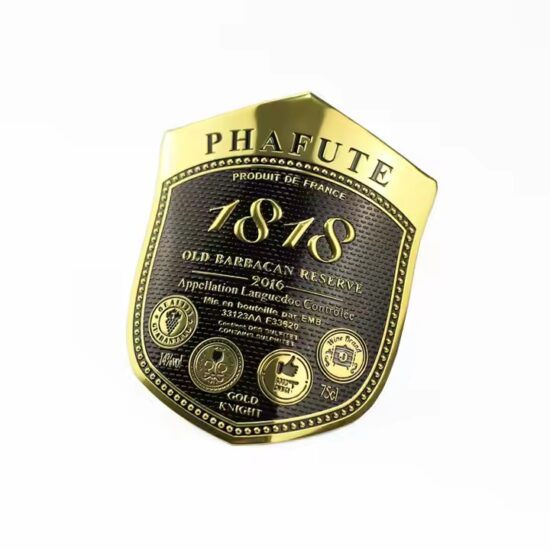
Sustainability and the Eco-Friendly Benefits of Aluminum Wine Labels
As the global wine industry moves toward more sustainable practices, packaging has become a critical area of focus. Wine producers, designers, and consumers are increasingly looking for ways to reduce environmental impact without compromising on quality or visual appeal.
One packaging innovation leading this shift is the aluminum wine label—a durable, elegant, and eco-friendly alternative to traditional paper or plastic options. But what makes aluminum truly sustainable?
Let’s explore the environmental advantages of using aluminum labels for wine bottles.
1. 100% Recyclable Material
Aluminum is one of the most recyclable materials on earth. Unlike composite labels that use multiple layers of plastic, paper, and adhesives, aluminum can be:
-
Recycled infinitely without loss of quality
-
Melted and reused with relatively low energy input
-
Separated easily from glass in recycling facilities
In fact, nearly 75% of all aluminum ever produced is still in use today.
👉 Using aluminum wine labels supports circular economy principles and reduces landfill waste.
2. Lower Long-Term Environmental Impact
Although aluminum production requires energy, its long-term environmental footprint is smaller than many packaging materials due to:
-
Long lifespan and reusability
-
Low maintenance and replacement needs
-
High post-consumer recycling rates in most countries
When compared to paper labels with plastic coatings, aluminum labels often have a lower overall impact when viewed through the full life cycle of the product.
👉 Especially for premium wines, durable labels reduce the need for over-packaging.
3. Durability Reduces Waste
Aluminum wine labels are:
-
Water-resistant
-
Scratch-resistant
-
UV- and fade-resistant
This means fewer damaged labels during transport, storage, or chilling (such as in ice buckets or wine coolers). Reducing label damage leads to:
-
Less product loss due to unsellable packaging
-
Fewer reprints and reapplications
-
More efficient logistics
👉 Durable labels protect not only the product—but the planet too.
4. Lightweight with Efficient Transport
Although it’s metal, aluminum is extremely lightweight. That means:
-
Less fuel consumption during shipping
-
Reduced carbon emissions from transport
-
Lower material volume for the same or better visual impact
Compared to heavier alternatives like glass embossing or full metal sleeves, aluminum labels offer an efficient weight-to-impact ratio.
👉 Eco-conscious design is about doing more with less—and aluminum delivers.
5. Ideal for Eco-Conscious Branding
Today’s consumers—especially younger generations—are drawn to brands that reflect their values. Using aluminum labels:
-
Shows commitment to sustainable innovation
-
Adds a premium, high-tech aesthetic
-
Enhances your story around eco-friendly production
Wineries that prioritize sustainability can highlight aluminum label use in:
-
Product descriptions
-
Marketing campaigns
-
On-label QR codes linking to sustainability reports
👉 A label isn’t just packaging—it’s a communication tool for your values.
🏁 Conclusion
As sustainability becomes a non-negotiable for the global wine market, packaging must evolve with it. Aluminum wine labels offer a compelling balance of environmental responsibility, durability, and premium appeal.
By choosing aluminum, wineries can reduce their ecological footprint, appeal to eco-conscious customers, and enhance their brand with modern, recyclable materials.
In a world where every detail matters, an aluminum label is more than beautiful—it’s responsible.

